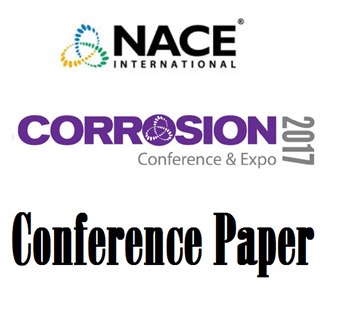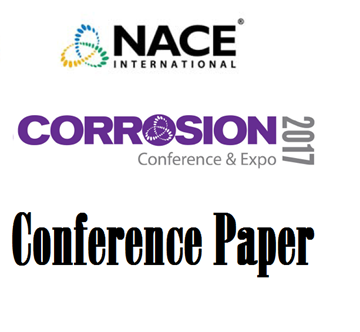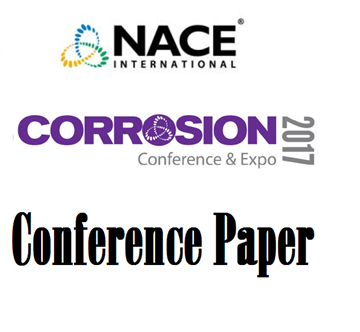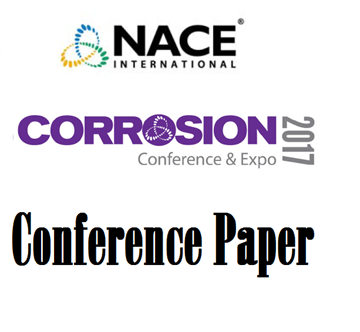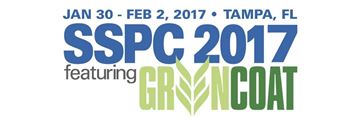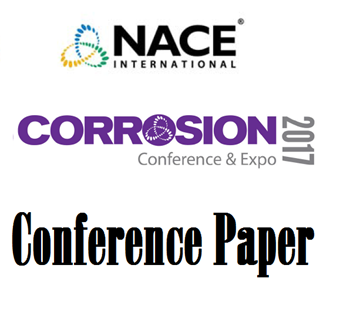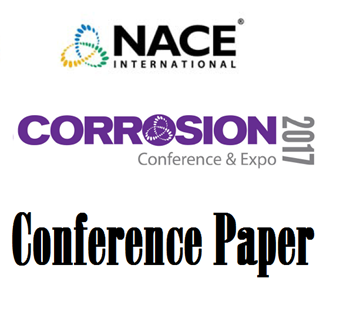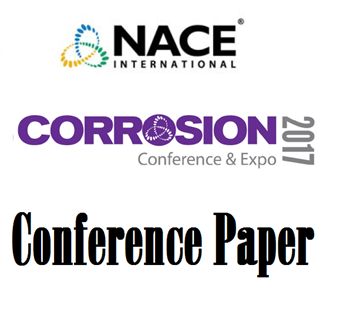Search
Products tagged with '2017 Conference Papers'
View as
Sort by
Display
per page
On-Line Real-Time Corrosion Monitoring Techniques Under Co2 - Brine Environment – Comparative Study
Product Number:
51317--9040-SG
ISBN:
9040 2017 CP
Publication Date:
2017
$20.00
Optimization of Non-Toxic Anticorrosives in Water Borne Coatings
Product Number:
51217-075-SG
Publication Date:
2017
$20.00
Optimization of Side-Groove Configuration On DCB Test
Product Number:
51317--9102-SG
ISBN:
9102 2017 CP
Publication Date:
2017
$20.00
Optimization of the DL-EPR Method for Detecting Sensitization in Alloy 690
Product Number:
51317--9037-SG
ISBN:
9037 2017 CP
Publication Date:
2017
$20.00
Optimizing Wallpaper Cladding Repair of WFGD Air Pollution Control Systems in the Power Industry
Product Number:
51317--9365-SG
ISBN:
9365 2017 CP
Publication Date:
2017
$20.00
Organofunctional Silane Corrosion Inhibitor Surface Treatment of Concrete to Mitigate Corrosion Due to Chlorides or Carbonation
Product Number:
51317--9130-SG
ISBN:
9130 2017 CP
Publication Date:
2017
$20.00
Partial Blast of Ultra High Solids Coatings on Navy Ships
Product Number:
51217-024-SG
Publication Date:
2017
$20.00
Past Versus Present - Comparing Laboratory Performance of Vinyl Resin Coatings with Modern Epoxy-Polysiloxane Coating Systems
Product Number:
51217-076-SG
Publication Date:
2017
$20.00
Penetration of Cathodic Protection into Pipeline Coating Disbondment
Product Number:
51317--9146-SG
ISBN:
9146 2017 CP
Publication Date:
2017
$20.00
Penn Avenue Reconditioning Tight Site & Telecommunication
Product Number:
51217-085-SG
Publication Date:
2017
$20.00
Performance of Next Generation CUI Mitigation Systems
Product Number:
51317--9331-SG
ISBN:
9331 2017 CP
Publication Date:
2017
$20.00

